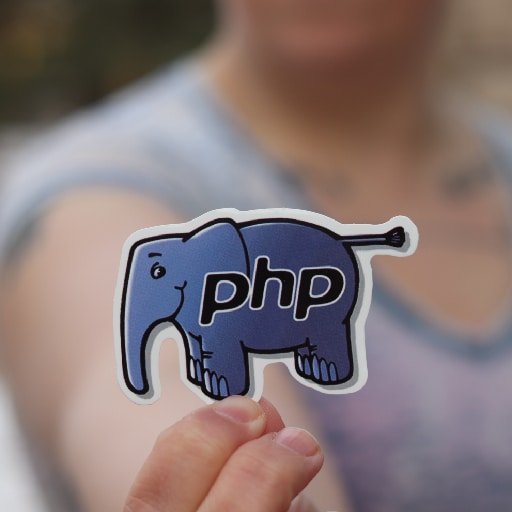Building dynamic websites with PHP involves using PHP programming language to create web pages that can interact with databases, handle user input, and generate dynamic content.
Here are some key steps involved in building dynamic websites with PHP:
1. Setting up a development environment: Install PHP on your local machine or use a web hosting service that supports PHP. You will also need a web server like Apache or Nginx.
2. Creating a basic HTML structure: Start by creating a basic HTML structure for your website. This will serve as the foundation for your dynamic pages.
3. Embedding PHP code: Use PHP tags (``) to embed PHP code within your HTML pages. PHP code can be used to perform various tasks such as retrieving data from a database, processing user input, or generating dynamic content.
4. Connecting to a database: Use PHP’s database extensions (such as MySQLi or PDO) to connect to a database. This allows you to store and retrieve data from the database.
5. Handling user input: Use PHP to handle user input from forms or URLs. You can validate and sanitize user input to prevent security vulnerabilities.
6. Generating dynamic content: Use PHP to generate dynamic content based on user input or data retrieved from a database. This can include displaying dynamic lists, generating reports, or creating personalized user experiences.
7. Implementing security measures: Ensure that your PHP code is secure by implementing measures such as input validation, output sanitization, and protection against SQL injection and cross-site scripting (XSS) attacks.
8. Testing and debugging: Test your PHP code thoroughly to identify and fix any bugs or issues. Use debugging tools and techniques to troubleshoot and resolve any errors.
9. Deploying your website: Once your dynamic website is ready, deploy it to a web server to make it accessible to users. Ensure that your server is properly configured to support PHP.
10. Continuous improvement: Regularly update and improve your dynamic website by adding new features, optimizing performance, and addressing any security vulnerabilities.
Building dynamic websites with PHP requires a good understanding of PHP programming concepts, web development principles, and database management. It is also important to stay updated with the latest PHP versions and best practices to ensure the security and performance of your website.
